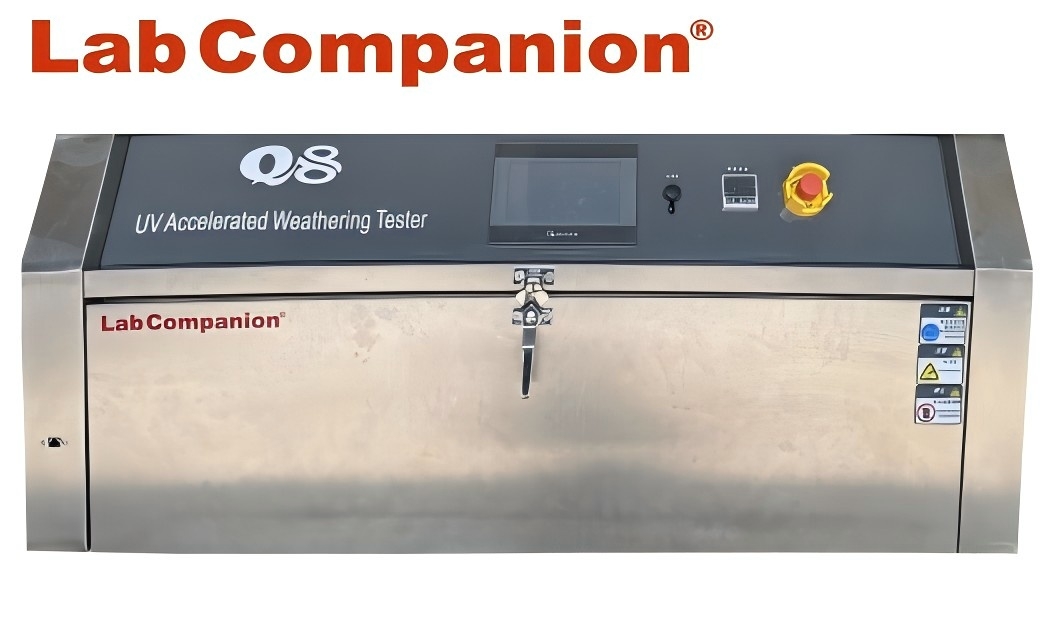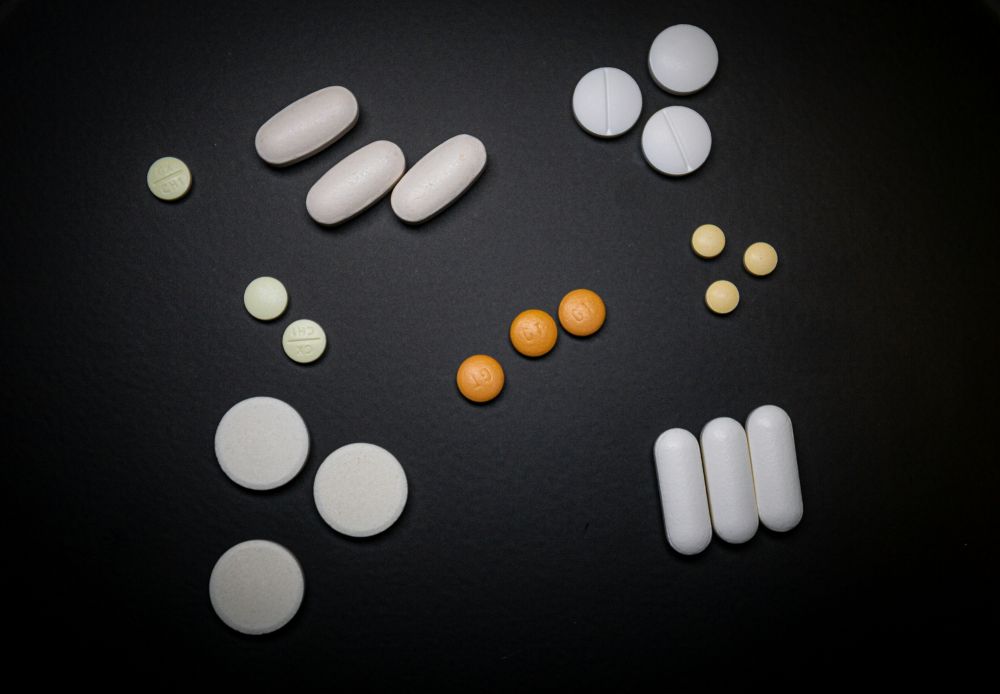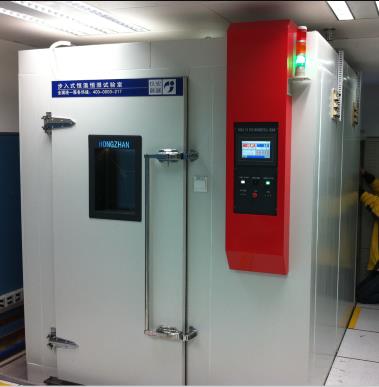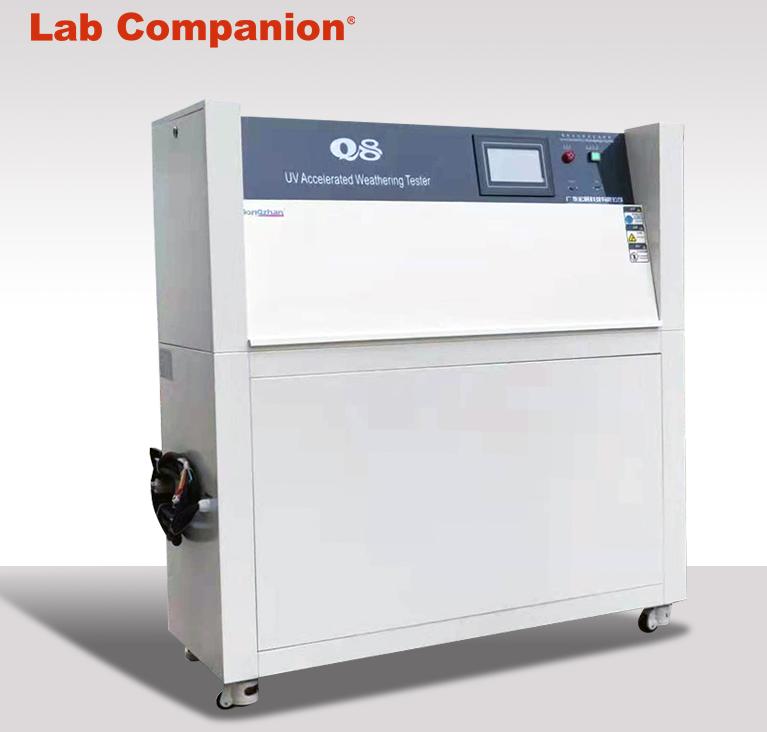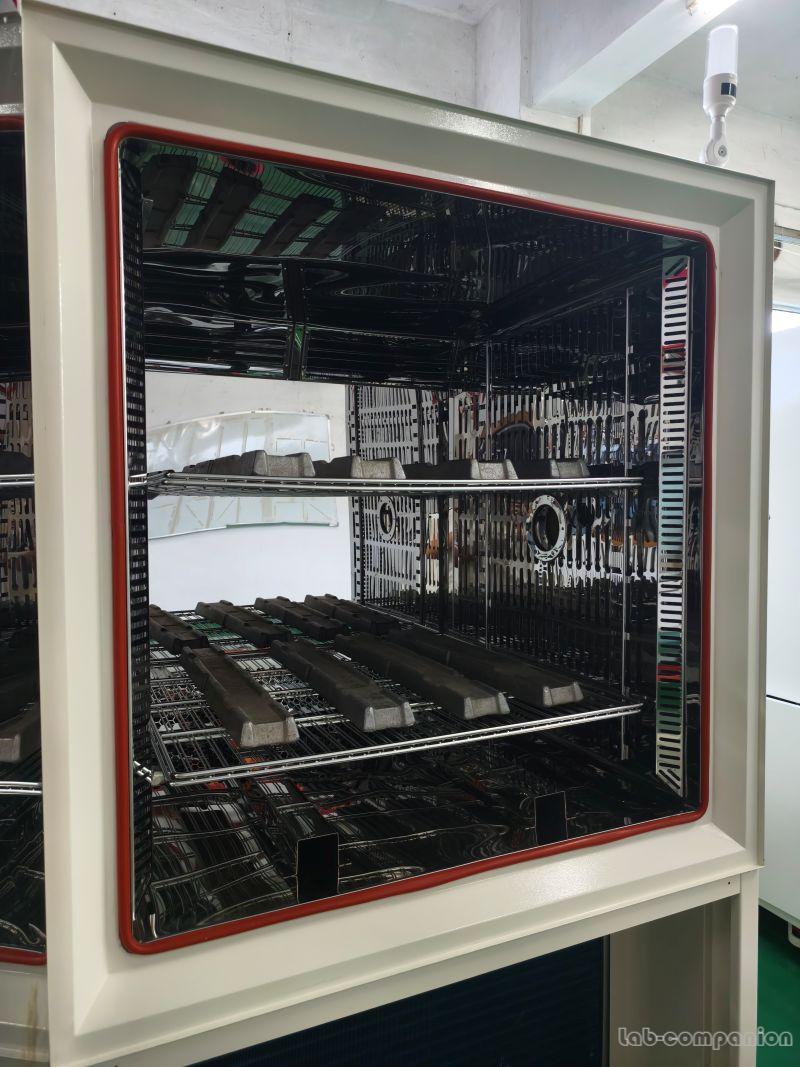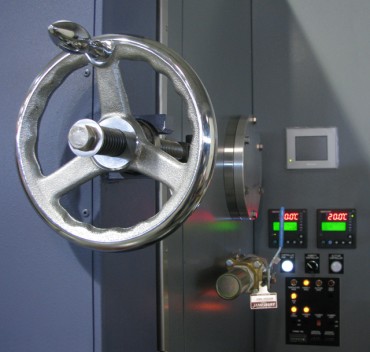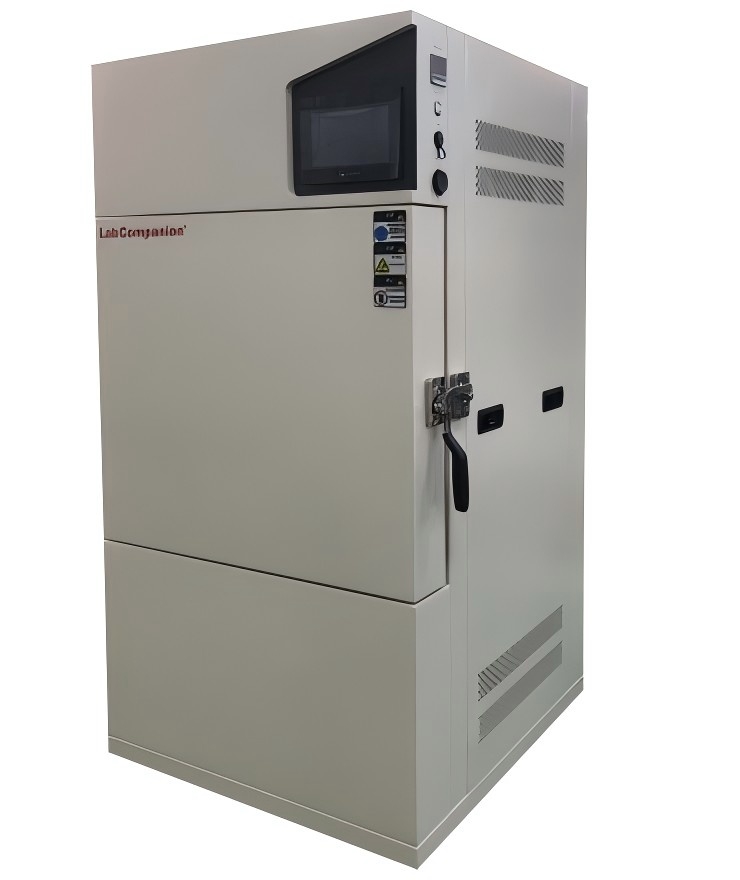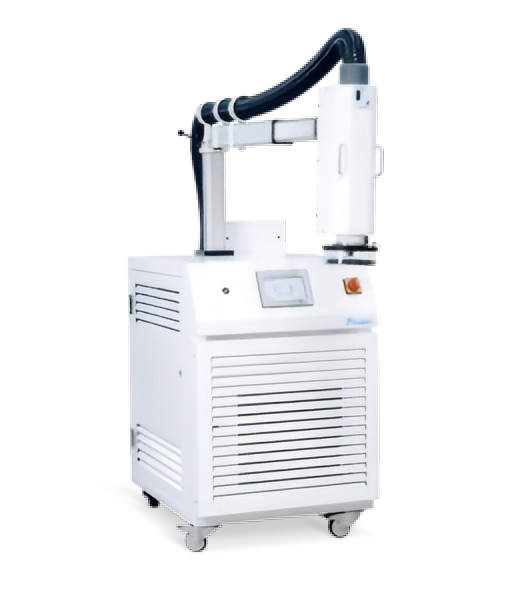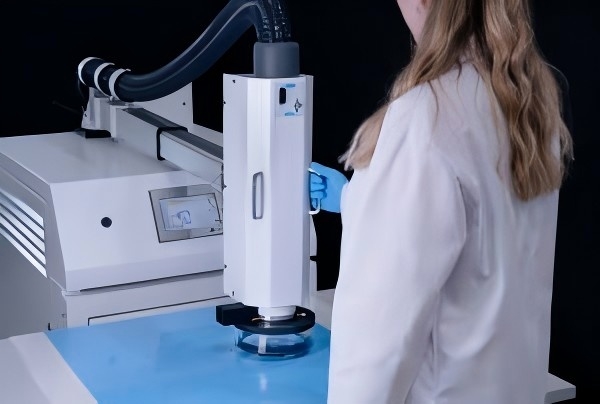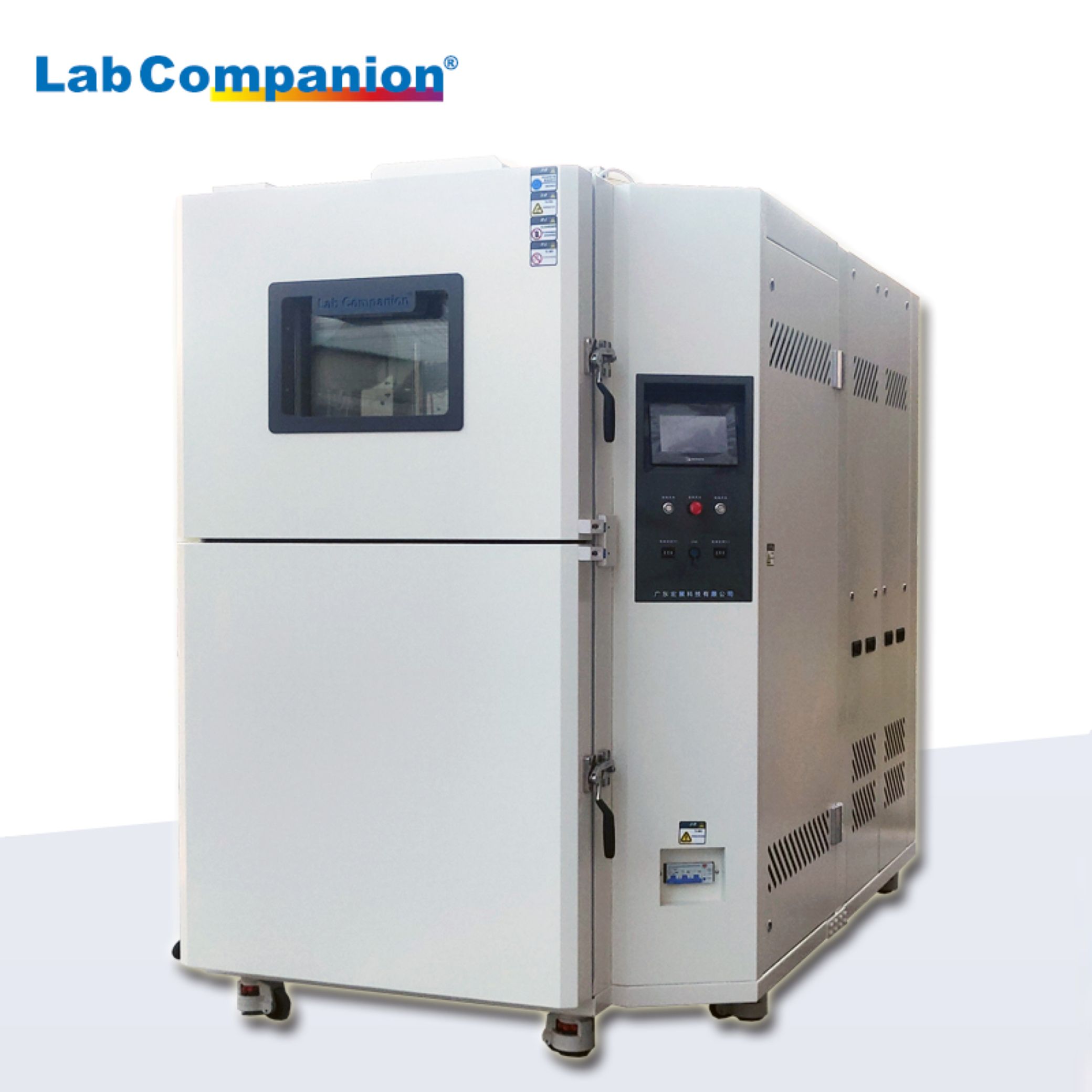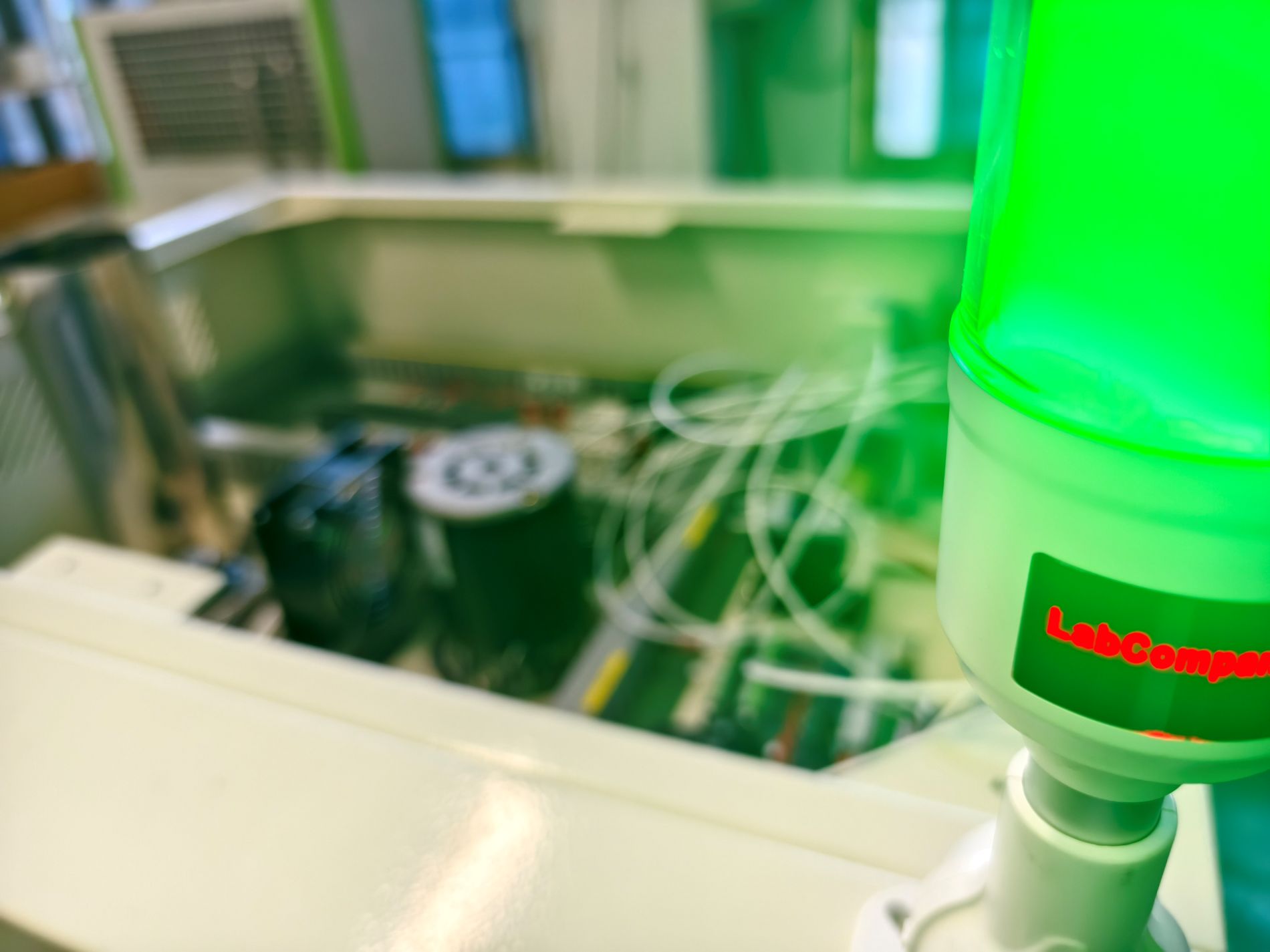This product is designed for the fluorescent ultraviolet (UV) lamp method in laboratory light source exposure testing of various materials. It is primarily used to evaluate the changes in materials when exposed to outdoor conditions, as well as for durability testing of new material formulations and products.
This UV Aging Test Chamber utilizes fluorescent UV lamps that optimally simulate the UV spectrum of sunlight. Combined with temperature and humidity control devices, it replicates the effects of sunlight (UV spectrum), high temperature, high humidity, condensation, and dark cycles, which cause material damage such as discoloration, loss of brightness, reduced strength, cracking, peeling, chalking, and oxidation. Additionally, the synergistic effect of UV light and moisture weakens or nullifies the material's resistance to light or moisture, making it widely applicable for assessing the weather resistance of materials. This test chamber offers the best simulation of sunlight's UV spectrum, low maintenance and operational costs, ease of use, and high automation with programmable controllers for automatic test cycle operation. It also features excellent lamp stability and high reproducibility of test results.
The humidity system consists of a water tank and a humidification system. Through the mechanism of moisture condensation, the exposed surface of the sample is wetted, simulating rain, high humidity, and condensation, which, in conjunction with UV light and dark cycles, creates an optimal testing environment. The chamber is equipped with safety protection systems, including water shortage prevention, dry burn protection, over-temperature protection, short-circuit protection, and overload protection, located on the electrical control panel and inside the electrical control cabinet. Upon entering an alarm state, the equipment automatically cuts off the power to the working system, halts operation, and emits an audible alert to ensure the safety of both the equipment and the operator.
